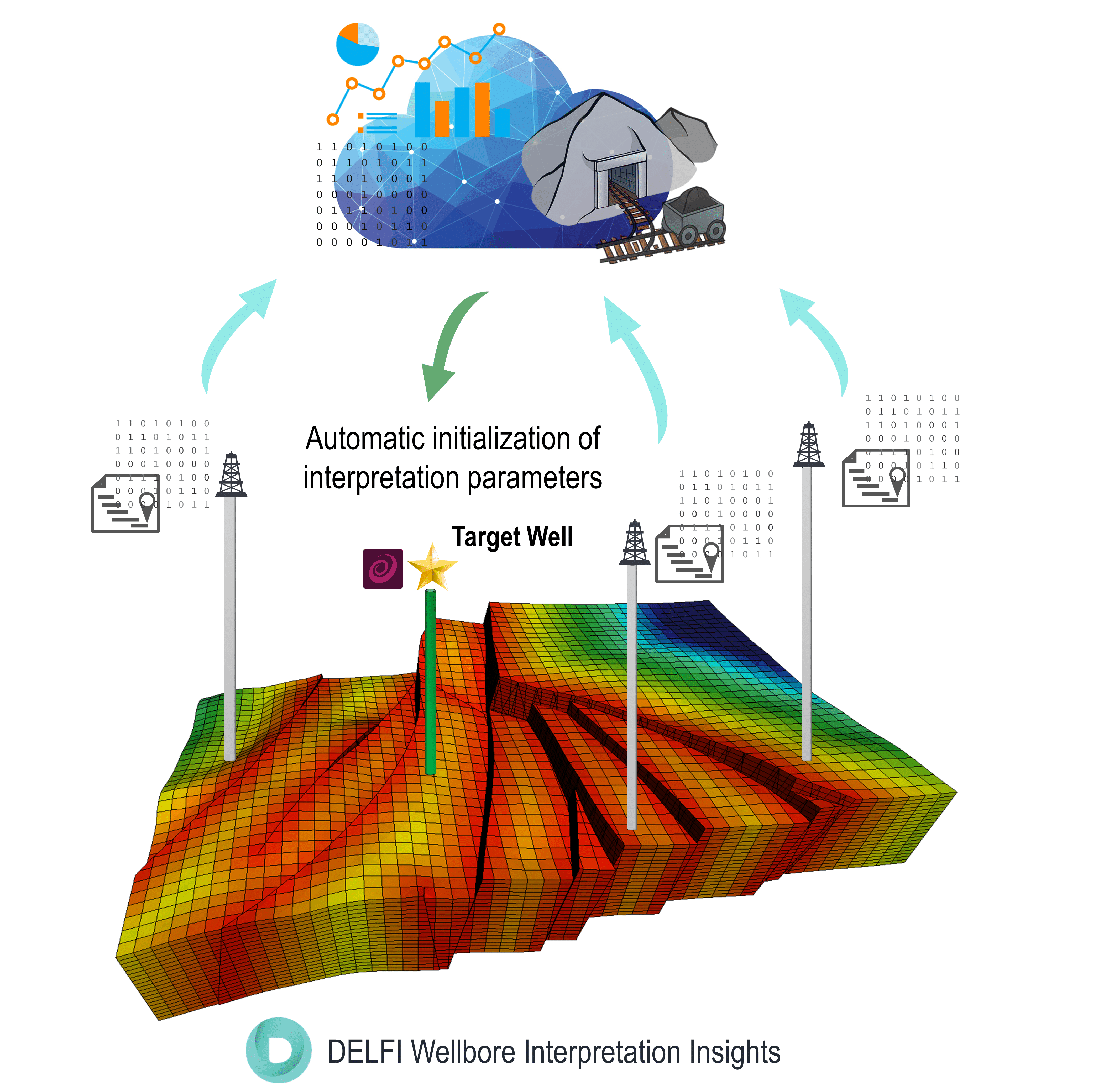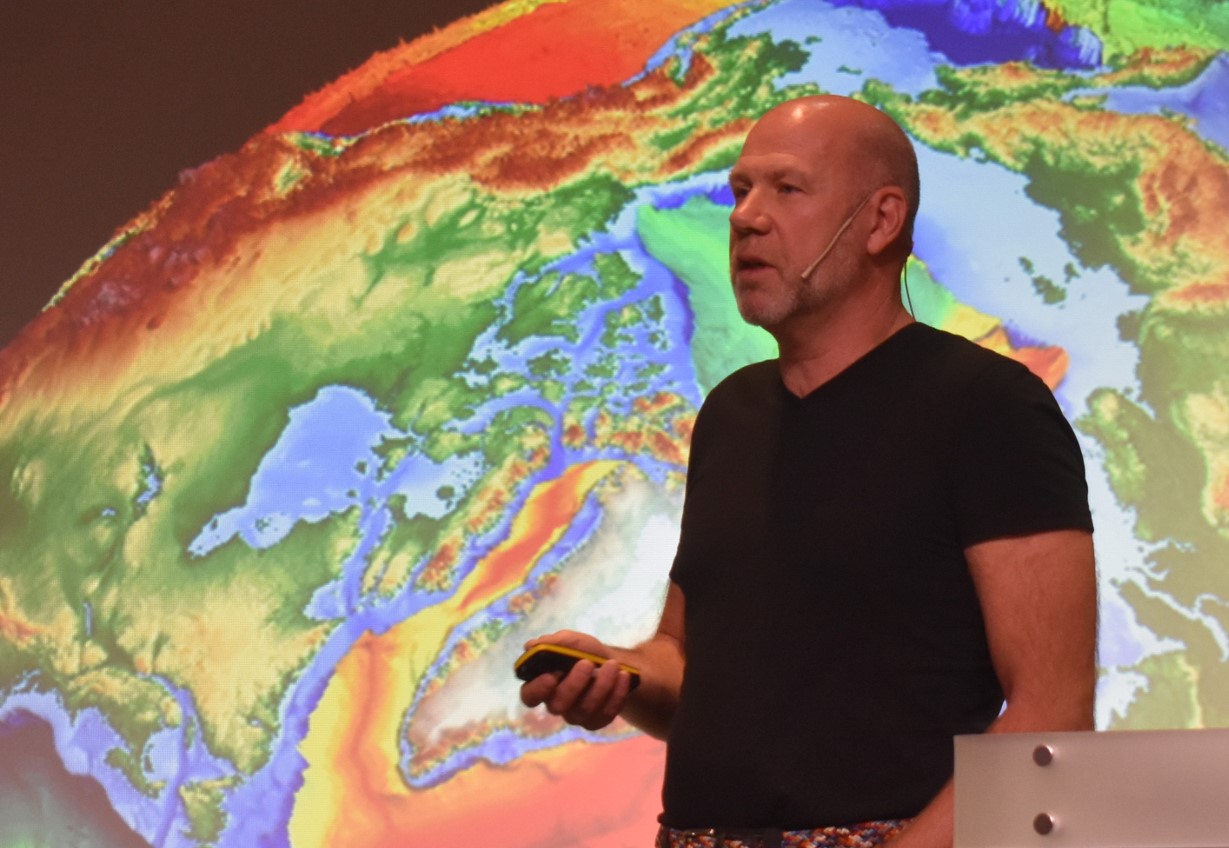Aker BP and Schlumberger have jointly developed a new application called the DELFI Wellbore Interpretation Insights app, which is cloud-based and aims to collect, make available and analyze data from previous expert interpretations and method choices of wells.
– The app’s most important function is that the data becomes much easier to obtain, gain insight into and analyze when colllected in one place, says Yngve Bolstad Johansen, chief petrophysicist at Aker BP.
“Trapped knowledge” is the motivation. Traditionally, the important interpretations of wells have been stored separately in their respective “project folders”.
Method selection and parameterization have previously been used to control interpreted results. Now the goal is also to preserve the choices of the experts so that the data can be extracted later, related to what they have done to produce good interpretations in regions.
This follows the principles of what is called Augmented Learning (AL). By allowing the machine to learn how the expert solved a task, one can automatically initialize interpretation work.
According to Johansen, the data can be analyzed using powerful computers and scientifically based algorithms that use Artificial Intelligence (AI) to select good related wells to learn from.
With this in mind, Aker BP has seen the importance of unifying the data into a single database so that it can be easily retrieved when, for example, exploring a new prospect where they are based on relevant geological or technical knowledge in the form of historical borehole data and interpretations.
The user interface is designed so that the petrophysicists doing formation evaluation in Aker BP can quickly retrieve the information they want, which can then be visualized and analyzed. One of the app’s strengths is that it can present statistics in a clear way and also find weighted averages from the most relevant wells.
This should be able to produce better results than the traditional method of manually extracting the information from the project databases that you consider to be most relevant.
The app has so far been tested in selected sedimentary layers associated with the oil and gas fields Ivar Aasen and Hanz in the North Sea.
One of the goals was to investigate whether Aker BP and Schlumberger’s AL-based solution could deliver better results than those based on machine learning and neural networks. In short, the latter solution is to build working algorithms for analysis by feeding them large amounts of data.
When it comes to well interpretation data, the two companies believe that the AL solution may be optimal because of the limited amount of available data – machine learning often requires a database of multiple, larger datasets to be able to point to unique solutions.
– The results of this project are so far promising. The quality of the interpretations made by the app exceeded the quality of similar results from models using neural networks, Johansen points out.
Schlumberger will continue to develop the software, and feedback and requests from users are central to this work, not least from Johansen and his colleagues at Aker BP. Among other things, the app will be integrated into the entire range of DELFI products (a series of software products for the E&P industry). New tools will also be developed that provide better insight into parameters associated with formations and reservoir types, fluids and more.
Yngve Bolstad Johansen will present the app and a case study from Ivar Aasen and the Hanz fields during the DigEx 2020 conference in Oslo on January 29, 2020.





